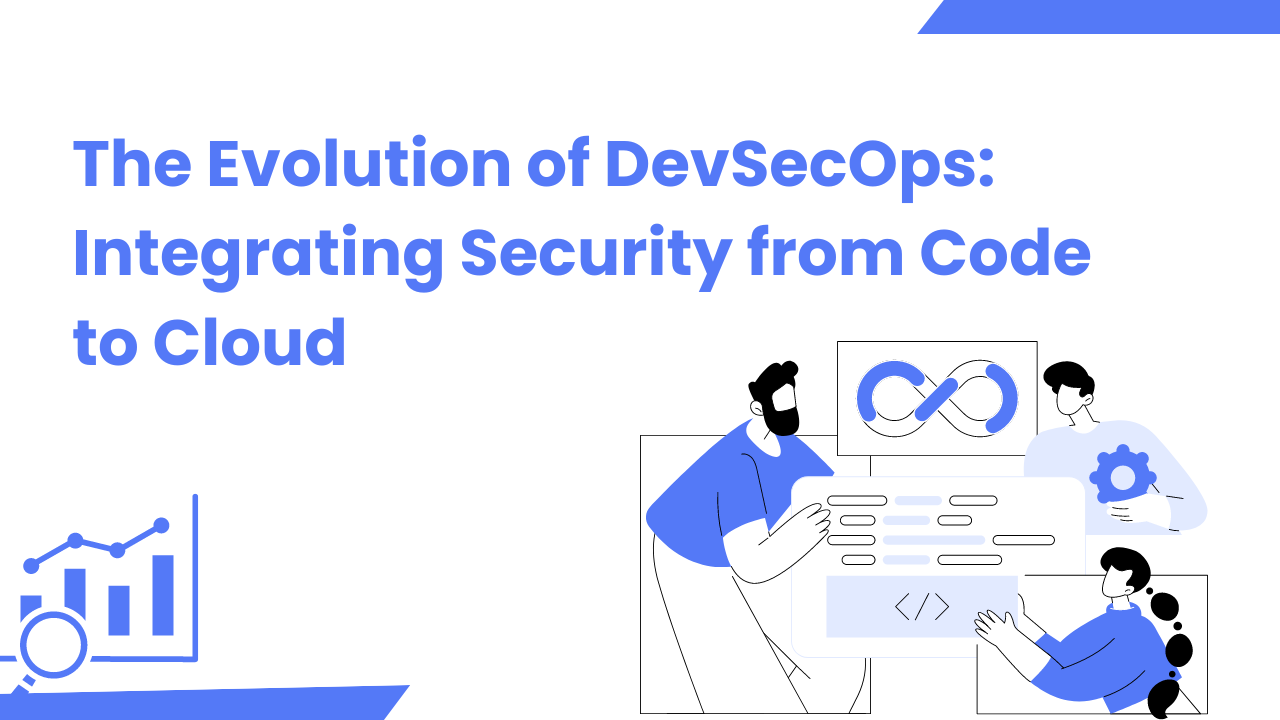.png)
The field of software development is always changing as new approaches and technologies are introduced. As we move through 2024, several key trends are shaping the way software is built and deployed. Here are 15 of the most important trends to keep an eye on:
Cloud-Centric Development: The cloud has become the de facto standard for software development. With its scalability, cost-efficiency, and accessibility, cloud platforms like Amazon Web Services (AWS), Microsoft Azure, and Google Cloud Platform (GCP) are the foundation for modern development.
Blockchain Beyond Crypto: While blockchain is synonymous with cryptocurrency, its potential extends far beyond. We'll see wider adoption of blockchain technology for secure data storage, supply chain management, and identity verification.
AI Revolution: Artificial intelligence (AI) is transforming software development. From automating tasks to generating code, AI is making development faster and more efficient. Expect to see advancements in areas like machine learning (ML), natural language processing (NLP), and generative AI.
Low-Code/No-Code Boom: Low-code and no-code platforms are democratizing software development by enabling non-programmers to build basic applications. This trend empowers businesses to innovate quickly and bridge the gap between technical and non-technical teams.
Programming Language Landscape: The world of programming languages is constantly in flux. While established languages like JavaScript, Swift, and Kotlin remain dominant, new contenders like Rust and Go are gaining traction due to their focus on performance and security.
Focus on Security: Cybersecurity is paramount in today's digital world. Developers are prioritizing secure coding practices and implementing robust security measures throughout the development lifecycle to protect applications and user data.
The Rise of PWAs: Progressive web apps (PWAs) offer a native app-like experience accessible through a web browser. PWAs are gaining popularity due to their faster development times, lower costs, and wider reach compared to traditional native apps.
Beyond Mobile-First: While mobile remains a major focus, developers are adopting a more holistic approach. This means creating applications that seamlessly integrate across desktops, tablets, and mobile devices to provide a unified user experience.
Edge Computing on the Rise: Edge computing brings processing power closer to data sources, enabling faster response times and reduced latency for applications dealing with real-time data processing.
The Future is Augmented: Augmented reality (AR) and virtual reality (VR) are poised to make significant strides in software development. Expect to see AR applications transforming various industries, from manufacturing and maintenance to education and training.
Microservices Architecture: Breaking down applications into smaller, independent services (microservices) is a popular architectural style. This approach promotes agility, scalability, and easier maintenance of complex software systems.
DevOps Takes Center Stage: The DevOps methodology, which emphasizes collaboration between development and operations teams, is becoming the standard for software delivery. This streamlined approach leads to faster deployments and improved software quality.
Sustainable Development: There's a growing focus on developing software with a sustainable mindset. This includes practices like optimizing code for energy efficiency and minimizing the environmental impact of software development throughout its lifecycle.
The Internet of Behaviors (IoB): IoB goes beyond the Internet of Things (IoT) by considering the user's behavior and context. This allows for hyper-personalized experiences and the creation of software applications that adapt to individual needs.
Total Experience (TX): The focus is shifting towards crafting a holistic user experience that encompasses all touchpoints with a product or service. Software development will play a crucial role in creating seamless and engaging TX across all channels.
By staying up-to-date on these trends, software developers can build innovative and robust applications that meet the ever-changing demands of the digital world.

andWhyItMatters.png)

.png)
.png)


